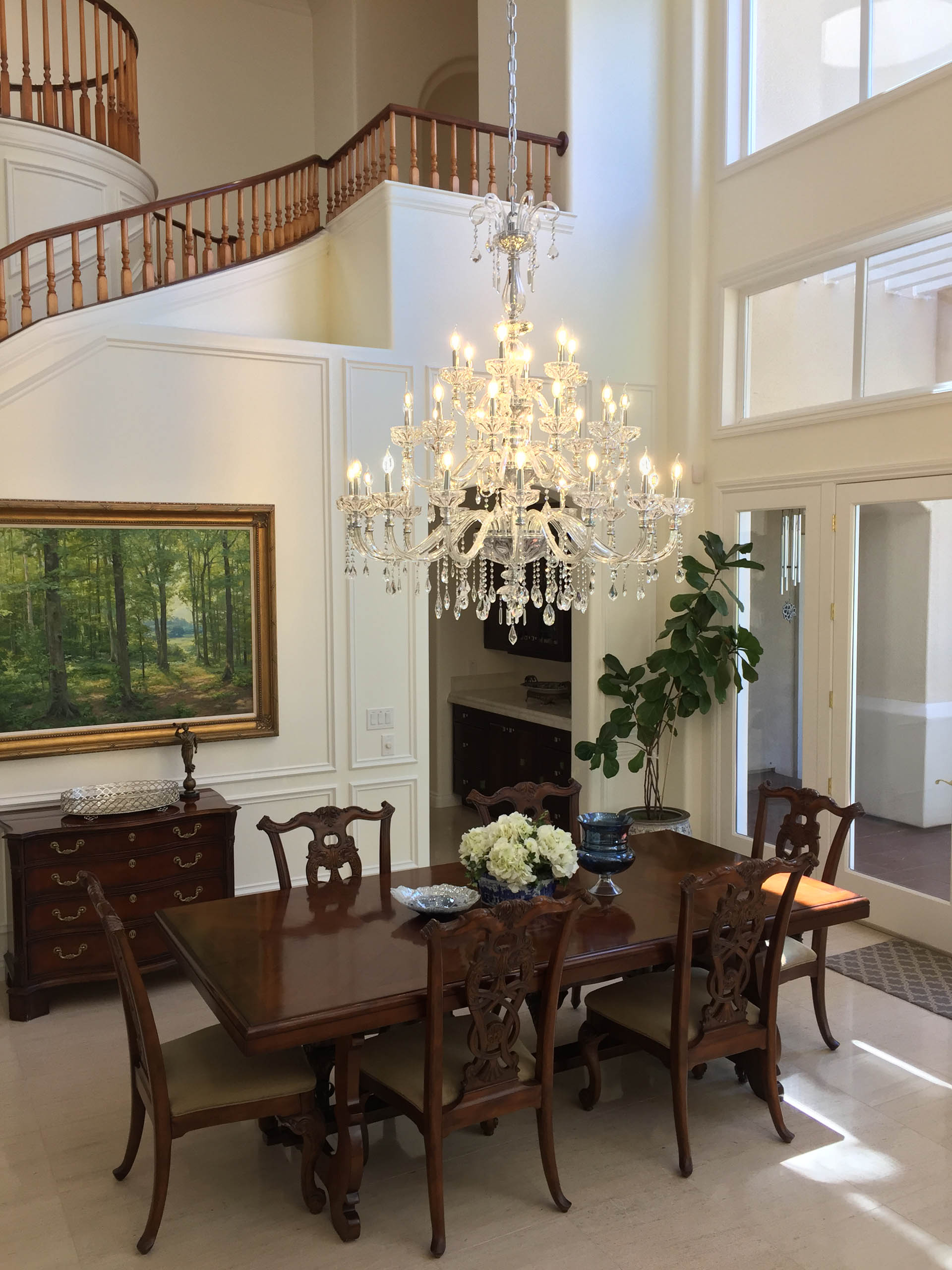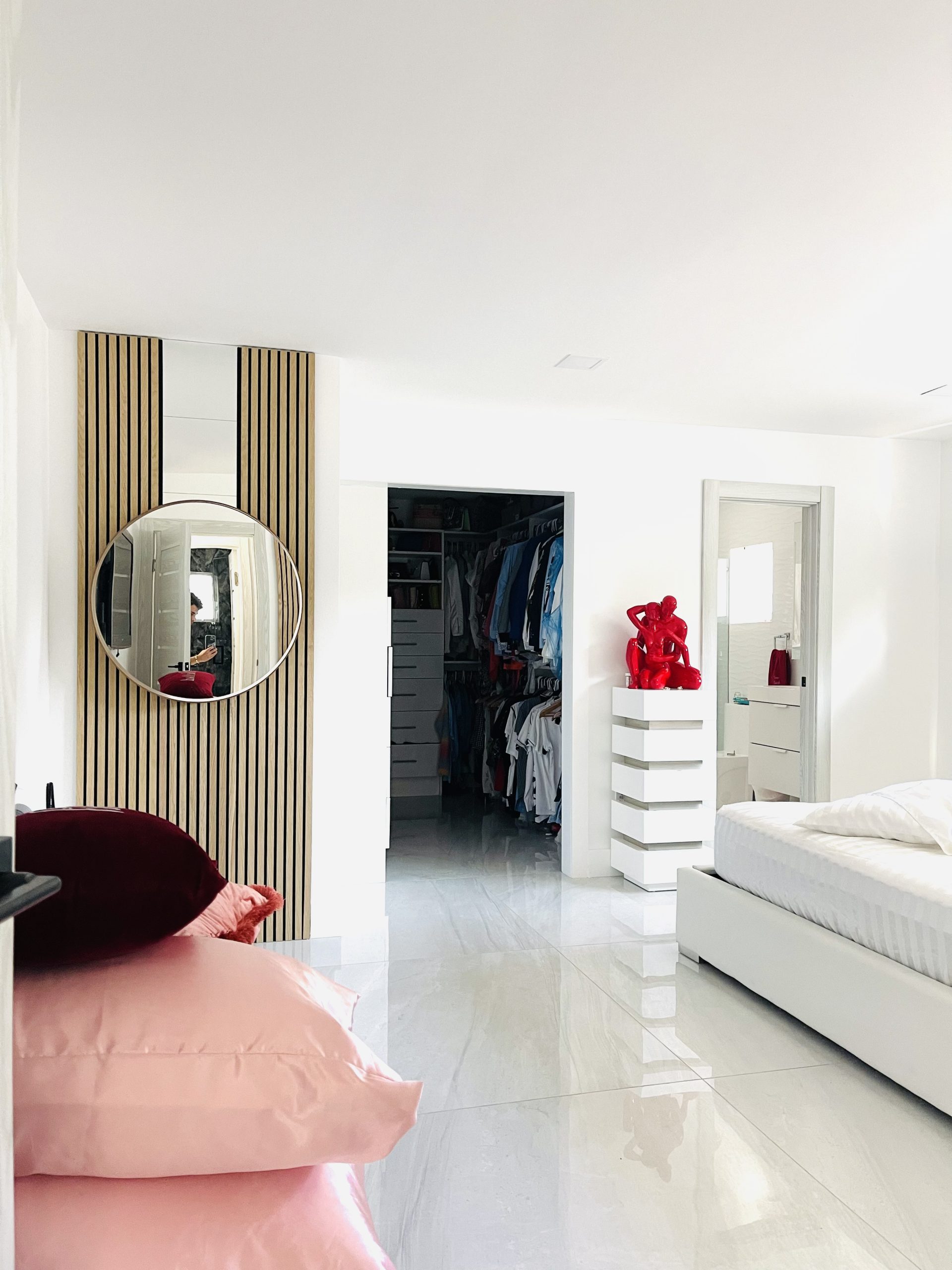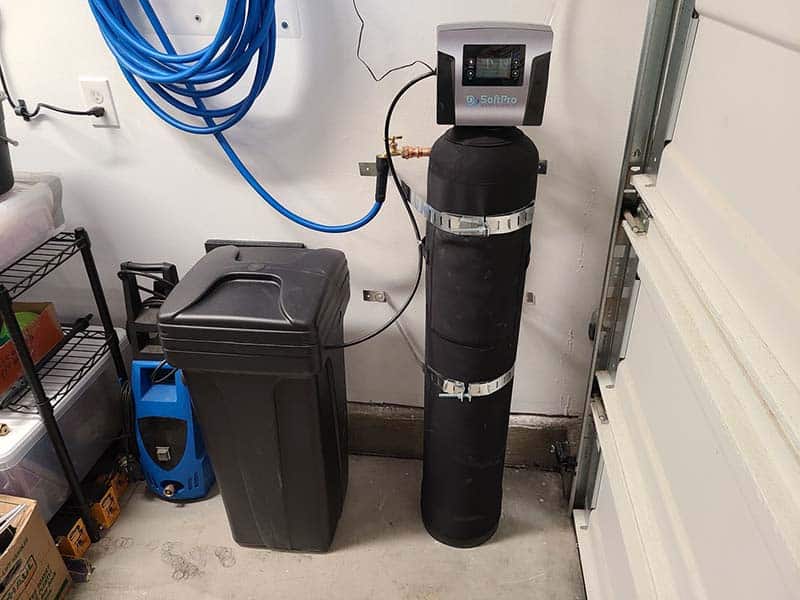Stop the Drip: Expert Water Damage Restoration for Dripping Wall Problems

Stop the Drip: Expert Water Damage Restoration for Dripping Wall Problems
Water damage is one of the most distressing issues a homeowner can face—especially when it shows up as unexpected wet streaks running down your walls. These telltale signs, known as dripping wall problems, are not only unsightly but can also point to deeper structural and environmental concerns like mold infestations, wood rot, and compromised insulation. But don’t panic. With the right information, you can take control. If left unaddressed,
can lead to extensive structural deterioration over time.
Understanding Dripping Wall Problems: Causes and Consequences
What Are Dripping Wall Problems?
Dripping wall problems occur when water infiltrates your walls and causes moisture to become visible on the surface. This can result from:
- Faulty plumbing: Leaky or burst pipes behind walls.
- Roof leaks: Especially during or after heavy rainfall.
- Poor insulation: Leading to condensation during temperature fluctuations.
- Foundation cracks: Allowing groundwater to seep in.
- Faulty HVAC systems: Causing humidity buildup indoors.
If not addressed promptly, these issues can evolve into expensive repairs and serious health risks due to mold and bacteria growth.
Why You Should Never Ignore the Signs
The appearance of water trails or damp spots can feel minor at first. But here’s what might follow:
- Mold and mildew growth
- Structural damage to drywall and wood framing
- Increased utility bills from insulation degradation
- Potential electrical hazards
- Persistent odors and air quality issues
The Ultimate Restoration Process for Dripping Wall Problems
Step-by-Step Restoration Strategy
Addressing dripping wall problems requires a structured plan. Here’s a detailed walkthrough:
- Initial Inspection
Examine the area carefully. Look for water stains, bubbled paint, soft drywall, or a musty smell. Take photos for insurance purposes. - Pinpoint the Source
Determine whether it’s a pipe leak, roof issue, condensation, or something else. If unsure, hire a water damage specialist to inspect using moisture meters or thermal imaging. - Stop the Flow Immediately
Shut off the water supply if it’s plumbing-related. Use tarps or sealants for roof leaks temporarily. The goal is to halt further damage. - Remove Saturated Materials
Take out any soaked insulation, drywall, wallpaper, or carpet that’s been affected. These materials can harbor mold and won’t dry properly. - Dry Everything Thoroughly
Use industrial fans, dehumidifiers, and open windows. Consider renting professional-grade drying equipment if the affected area is large. - Clean and Disinfect
Scrub all surfaces using an antimicrobial solution. This helps eliminate mold spores and other harmful microbes. - Repair and Rebuild
Replace drywall, repaint walls, install new insulation, and restore any removed fixtures. Ensure all repairs are mold-resistant.
Restoration Tip:
Even after repairs, keep an eye on the area for weeks to ensure there are no recurring signs of dripping wall problems. Ignoring early signs of
may result in mold infestations and air quality issues.
Common Homeowner Concerns About Water Damage Restoration
1. How Much Will This Cost?
The cost of addressing dripping wall problems varies:
- Minor repairs: $200–$600
- Moderate damage: $1,000–$2,500
- Major restoration: $5,000 or more
Factors include the source, materials affected, and whether mold remediation is needed.
2. Is This Covered by Insurance?
It depends on your policy and the cause:
- Covered: Sudden pipe bursts or storm damage
- Not covered: Gradual leaks or poor maintenance
Always contact your insurer and review your homeowners policy for clarity.
3. How Long Does Restoration Take?
- Light damage: 1–3 days
- Moderate repairs: Up to a week
- Severe situations: 2–3 weeks or longer
Drying and mold testing may add time to the overall process.
Should You DIY or Call the Pros?
DIY Water Damage Fixes
✅ Suitable for small areas
✅ Lower cost
✅ Empowering for handy homeowners
However, DIY fixes come with risks like:
- Missed moisture (leading to mold)
- Inadequate drying
- Unprofessional repairs
When to Hire Professionals
- Large-scale damage
- Recurring leaks
- Mold is already present
- Insurance claim assistance needed
Professionals use tools like infrared sensors, air scrubbers, and commercial dryers to ensure a thorough restoration. Post-restoration care should always include routine
to ensure lasting results.
Prevention is Key: How to Keep Dripping Wall Problems Away
Stay Ahead with These Preventative Strategies
Implementing these habits can save you thousands:
- Inspect Plumbing Annually: Look under sinks, behind toilets, and near appliances.
- Maintain Gutters and Downspouts: Prevent overflow near your foundation.
- Check Windows and Doors: Seal cracks and ensure proper flashing.
- Insulate Walls: Prevent condensation in high-humidity areas.
- Use a Humidistat: Keep indoor humidity below 60%.
- Grade Your Yard Properly: Direct water away from your home’s perimeter.
Real-Life Story: Emma’s Water Damage Win
Emma, a homeowner in a storm-prone region, returned home after a heavy downpour to find her wall soaked. Her dripping wall problems stemmed from a tiny crack in her foundation.
Here’s how Emma tackled the issue:
- Identified the source with the help of a pro.
- Removed all water-damaged materials.
- Used commercial dryers and monitored humidity for 5 days.
- Sealed the foundation crack with epoxy.
- Installed French drains to divert future water.
Today, Emma enjoys a dry, mold-free living space—all because she acted fast and smart.
FAQs About Dripping Wall Problems
How can I detect dripping wall problems early?
Look for stains, warped paint, damp smells, or cold patches. Use moisture meters for hidden leaks.
Can dripping wall problems damage my foundation?
Yes. Persistent moisture can weaken foundation walls, especially in older homes.
What kind of mold grows behind dripping walls?
Common species include Aspergillus, Penicillium, and Stachybotrys (black mold), which can cause serious health issues.
How often should I check for wall moisture?
Do a quick inspection every 2–3 months, especially during rainy seasons.
Can I repaint over a water-damaged wall?
Only after it’s completely dry and treated. Otherwise, the moisture will resurface and damage the paint again.
Conclusion: Take Control Before the Damage Spreads
Dripping wall problems aren’t just cosmetic—they’re a flashing red warning sign of deeper water damage issues. By acting quickly, understanding the process, and choosing the right help, you can restore your walls and peace of mind.
Whether you take the DIY route or hire a professional, staying informed and proactive is the key to prevention and long-term home health.
Whether you’re a startup or a growing enterprise, we have solutions that fit your needs.



